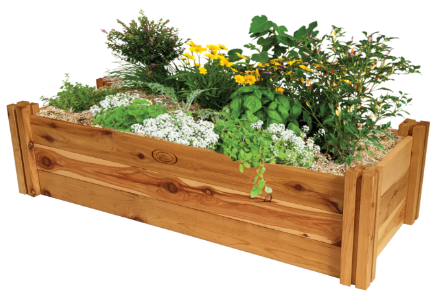Industrial workwear plays a crucial role in ensuring the safety and comfort of workers in rugged outdoor environments. From construction sites to oil rigs, the right workwear can make all the difference in protecting workers from hazards while enhancing their productivity. In this comprehensive guide, we will explore the key factors that determine the rugged outdoor suitability of industrial workwear.

Material Selection
When it comes to the rugged outdoor suitability of industrial workwear, material selection is paramount. The fabric used in workwear should be durable, abrasion-resistant, and able to withstand harsh weather conditions. Common materials used in industrial workwear include polyester, cotton, and high-performance synthetic blends. These materials offer a good balance of comfort and durability, making them ideal for rugged outdoor environments.
Seam Construction
Another important factor to consider in industrial workwear is seam construction. Strong and reinforced seams are essential for withstanding the rigors of outdoor work environments. Double stitching, bar-tacking, and seam sealing are common techniques used to enhance the durability of workwear. By ensuring that the seams are well-constructed, workers can move freely without the fear of their clothing tearing or coming apart.
Weather Resistance
Weather resistance is a key consideration when evaluating the rugged outdoor suitability of industrial workwear. Workers exposed to the elements need clothing that can protect them from rain, wind, and extreme temperatures. Waterproof and windproof materials, as well as insulated layers, can help workers stay dry and comfortable in challenging outdoor conditions. Additionally, UV protection is essential for workers who spend long hours in the sun.
Mobility and Comfort
While durability and protection are crucial, industrial workwear should also prioritize mobility and comfort. Workers need to move freely and comfortably to perform their tasks efficiently. Stretch fabrics, articulated knees, and ergonomic designs can enhance the mobility of workwear, allowing workers to bend, squat, and reach without restrictions. Breathable materials and moisture-wicking properties are also important for keeping workers cool and dry during strenuous activities.
In conclusion, the rugged outdoor suitability of industrial workwear is a multifaceted consideration that encompasses material selection, seam construction, weather resistance, mobility, and comfort. By choosing workwear that excels in these areas, employers can ensure the safety, productivity, and well-being of their workers in challenging outdoor environments.